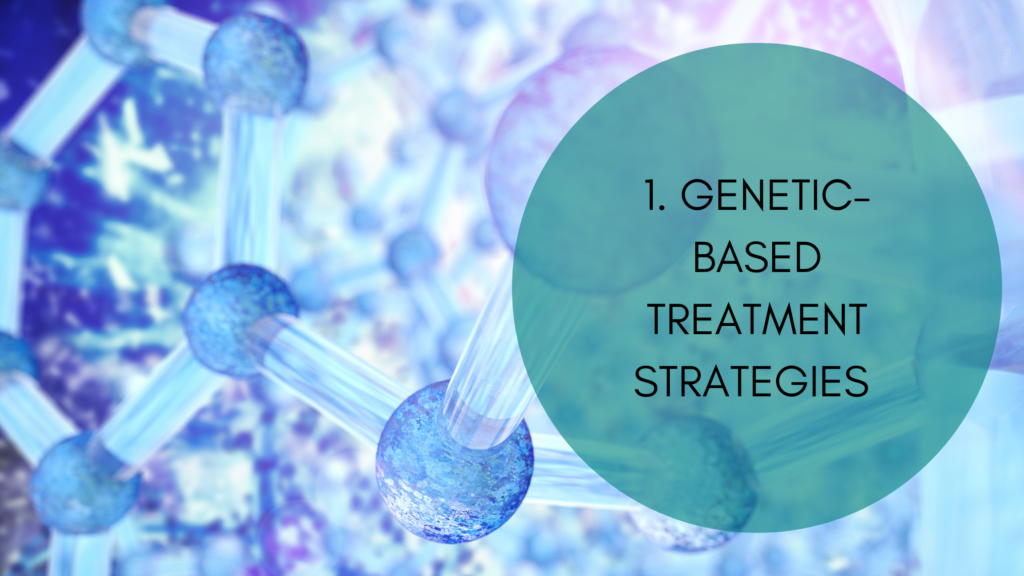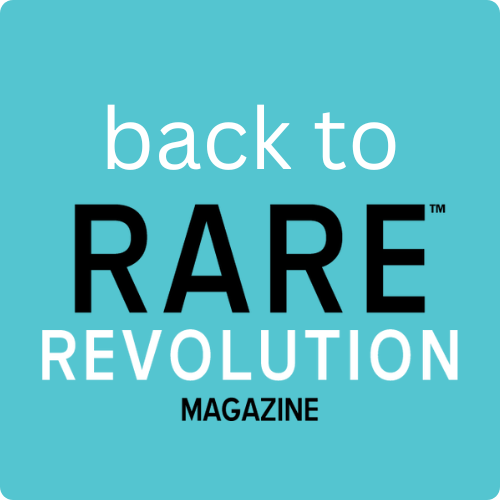Putting you in the heart of the rare community – Koolen-de Vries Syndrome Foundation
Estimated reading time: 6 minutes
Patient advocacy groups deliver their top three unmet needs and main asks of industry to best serve their rare community. This week’s insights come from Ashley Point, president of Koolen-de Vries Syndrome Foundation


The Koolen-de Vries Syndrome Foundation was founded in 2013 with the mission to educate, increase awareness, promote research and develop treatments for individuals living with Koolen-de Vries Syndrome (KdVS) and their families. With this aim, the foundation has focused on developing scientific resources through patient cell and animal models, providing seed funding to basic and clinical researchers, establishing a natural history study of KdVS and increasing patient engagement. Projects have been prioritised across these areas of focus with an emphasis on expanding international research on KdVS, supporting translational research, establishing an international natural history study and conducting studies to assess patient priorities. With the incredible growth amongst our research and patient community in the last decade, our goal is to have our first clinical trial for KdVS in 2026.
Koolen-de Vries Syndrome (KdVS) is a multi-system disorder due to a de novo, heterozygous 17q21.31 deletion or pathogenic variant in the KANSL1 gene (75% microdeletion; 25% KANSL1 variant). The deletion region contains MAPT which encodes for the Tau protein implicated in many neurodegenerative diseases. Recent estimates of the KdVS prevalence of the microdeletion is approximately 1: 30,000. KdVS is characterised by neonatal hypotonia, developmental delay, intellectual disability, speech difficulties, epilepsy, congenital abnormalities of the heart and/or urogenital system, respiratory problems, ophthalmic issues, facial dysmorphism and musculoskeletal problems.
What are your top three unmet needs or main asks of industry to best serve your rare ecosystem?

Given that KdVS is a haploinsufficiency disorder, genetic-based treatment strategies are straight-forward and would target upregulation of KANSL1. This treatment strategy would be a viable treatment option for the entire population—individuals harboring the 17q21.31 microdeletion and the KANSL1 variant. There have been several promising KANSL1 upregulation treatment strategies in preclinical development in academic labs. Suppression of KANSL1-antisense, upregulation of KANSL1 via CRISPRa and SINEUPs are all currently being explored in cell models with promising results.
The Foundation is currently funding a pilot study to investigate lipid nanoparticle delivery of KANSL1 mRNA as a mechanism to restore behavior and symptoms in KdVS mice. To facilitate treatment development, the Foundation has invested heavily into establishing both cell and animal models of KdVS. These cell models include fibroblasts, induced pluripotent stem cells and several neuronal lines. In addition to patient-derived iPSCs, the Foundation has recently supported the development of reporter lines—to quickly and easily quantify changes in KANSL1 expression.
Lastly, the Foundation has supported the development of a second KdVS rodent model – a conditional model which will allow scientists to determine the therapeutic window for optimal interventions in KdVS.

High-throughput drug repurposing screens are crucial for rare disorders because they offer a faster and more cost-effective approach to finding treatments. Many rare diseases lack approved therapies, and developing new drugs from scratch is expensive and time-consuming. By repurposing existing FDA-approved or clinically tested drugs, researchers can leverage known safety profiles, reducing the risks associated with new drug development. High-throughput screening enables the rapid testing of thousands of compounds, increasing the chances of identifying effective treatments. Additionally, since traditional drug development is often not financially viable for rare diseases due to small patient populations, repurposing provides a more sustainable pathway to bringing treatments to market. These screens can also uncover unexpected therapeutic mechanisms, offering new insights into disease biology and potential treatment strategies.
We are actively looking for non-academic partners to conduct high-throughput drug screens using our Foundation-owned cell or animal models—particularly, the reporter line recently established. We are particularly interested in leveraging screening platforms which can utilise AI systems to further expedite and expand the potential screening libraries.

We have developed a greater appreciation for the importance of patient and community engagement in the drug development process. As interest in the field of rare disease expands, there are increasing research and clinical trial opportunities for our community. While this is excellent news for the field of KdVS, we are sensitive to the burden we place on our community in terms of assessments, surveys, video interviews, physical exams and more. We try to balance these requests with maintaining enthusiasm and motivation to participate in these research opportunities.
One of the primary limitations in our community currently is the lack of a natural history study. We have engaged several major academic medical centers—with a reputation for rare disease advocacy and leadership—and have thus failed to identify a collaborator which meets our three criteria: a) direct patient advocacy involvement in study design, outcome measure collection, recruitment, data analysis; b) data sharing agreement with the Foundation, and c) formal research agreement outlining data ownership, data sharing and funding terms. Our Foundation has a healthy appreciation for the cost of conducting research, such as a natural history study, and have fundraised specifically to support this effort—for several years—however, we have yet to identify a partner.
We are now considering assistance outside of academia to conduct this critical, longitudinal study for KdVS. We are currently considering leveraging the data platforms. All platforms have either objective mechanisms by which to share de-identified data and/or have the ability for patients and caregivers to download and share their own data. These platforms are designed for longitudinal data collection, albeit the response rate amongst the community has been modest. These platforms have clinician-entered portals and can be shared with the Foundation and principal investigator and other necessary staff.
Connect with Ashley
in the thick of it puts you in the heart of the RARE communities you serve.
To connect with more RARE communities click below.


